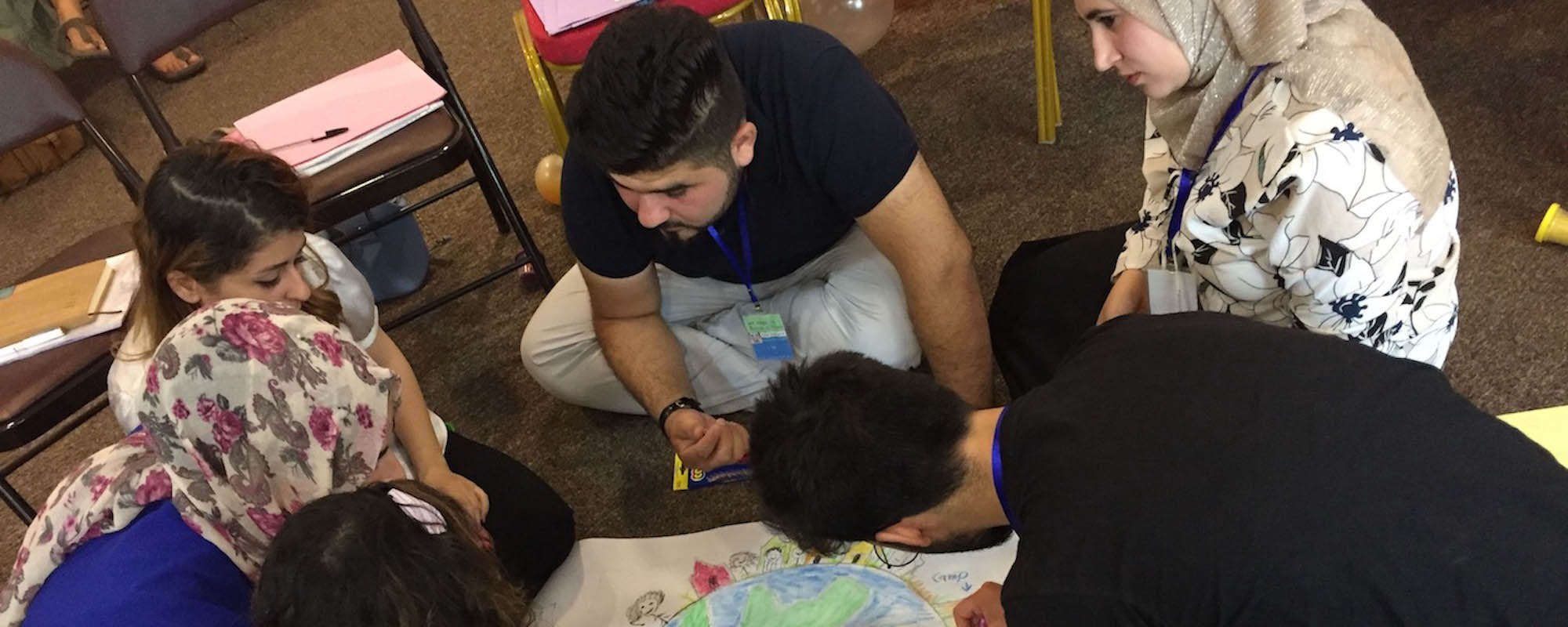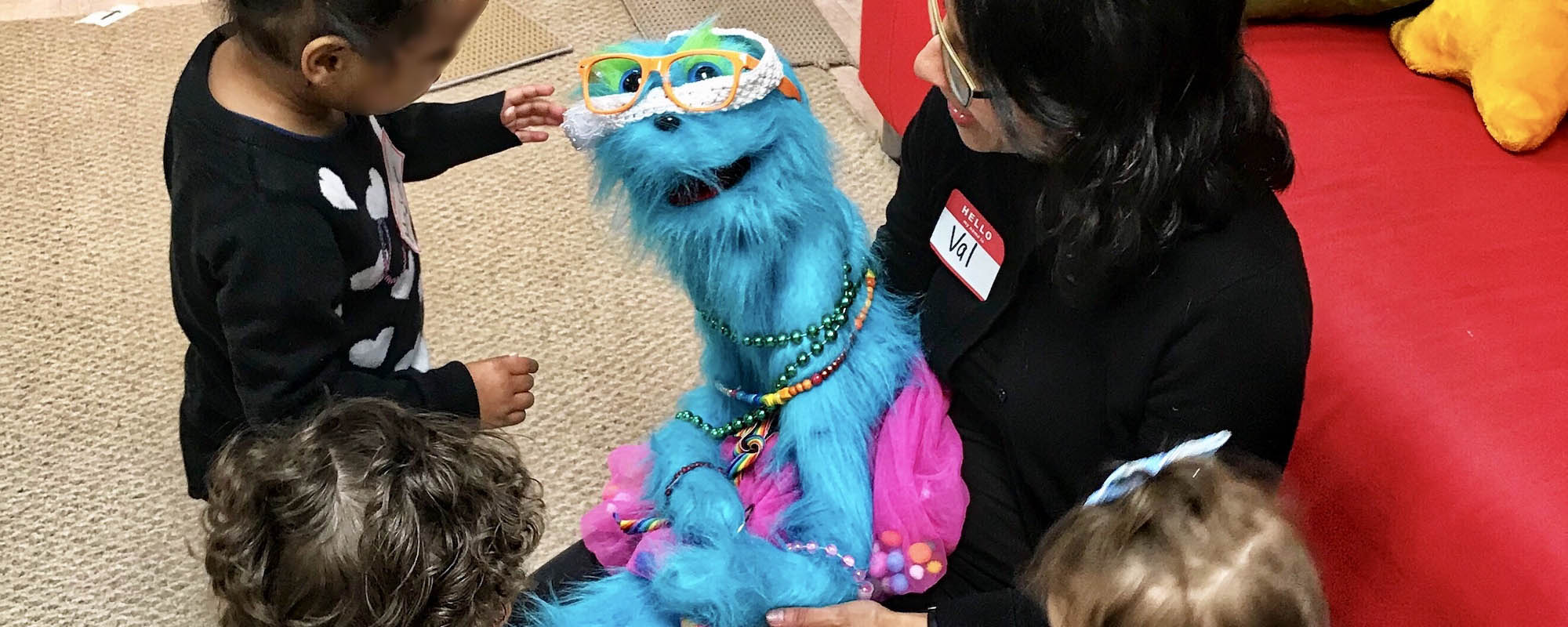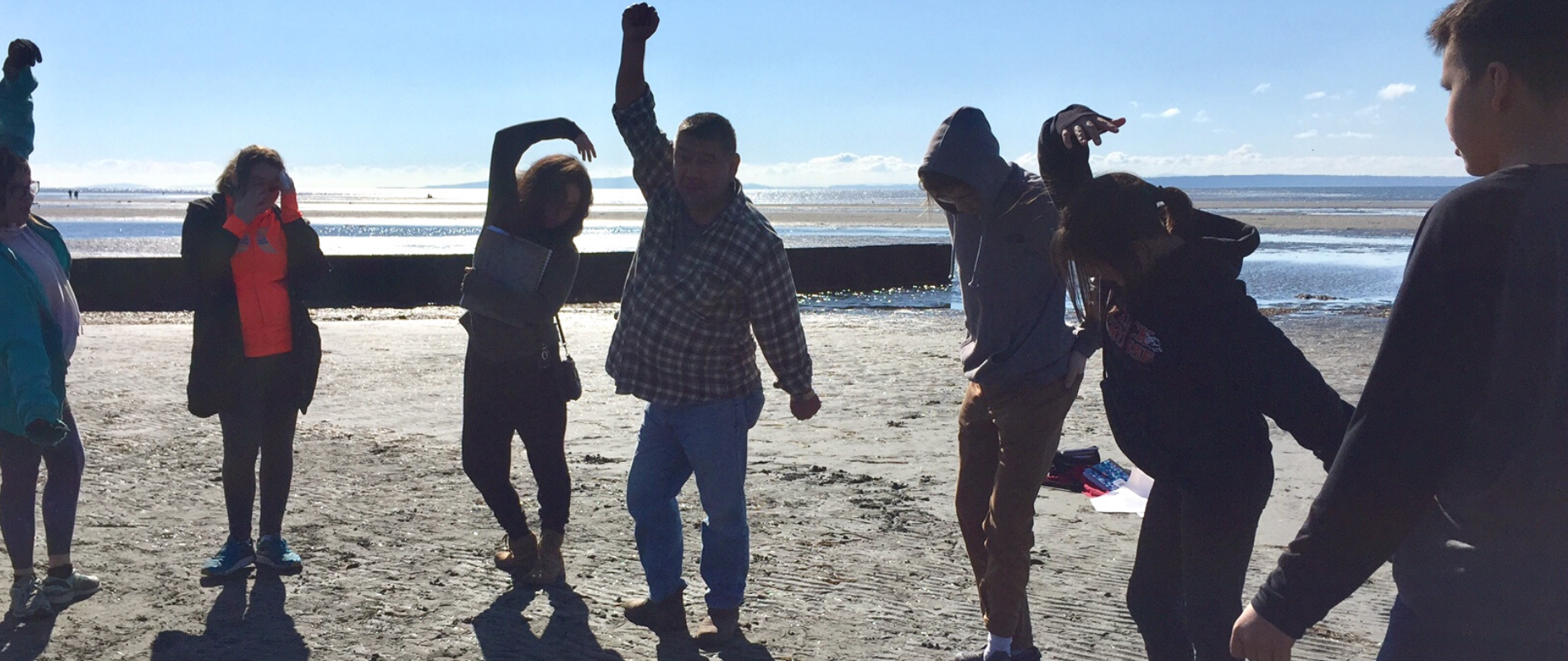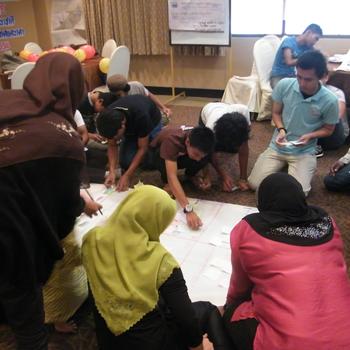

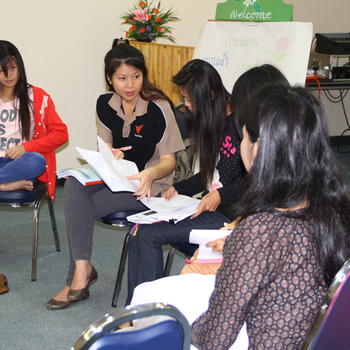
Bridging the Gap: Young People and Local Authorities in Thailand
In Pattani Province, Thailand, the Child-centred Accountability and Protection Evaluation (CAPE) team organized a session with young people and local authorities to share the results of the participatory Monitoring and EEvaluation activities piloted in the CAPE project. The young people presented the tools to local government, and local government responded. During the presentations the young people spoke confidently and openly. For example when introducing a Social Mapping tool, a youth participant said: “We aren’t using any power point and we didn’t do any research- this came from us. It is our perspective. We want you, the local government, to understand the risky areas for children and youth e.g. Internet cafes, dark areas etc. You can have a plan to protect children.“ When closing the session, another youth said, “We have capacity, yet people don’t always realize it. Some young people are lucky, their authorities pay attention to them, yet this isn’t the case for all of us.”
In response to the youth presentations, adult participants were supportive of the youth perspectives, and saw value in young people’s engagement and the tools themselves. For example, the Mayor of one community stated: “These presentations from the young people were helpful for me. For example, the social mapping activity helped me to understand young people- how they see their lives and their community, and the community rainbow activity helped to identify the big picture and the role that all stakeholders play in child protection. I learned a lot from these presentations and was busy writing many notes. We need to share these tools. Local Authorities need to listen to youth.” In a similar session in Chiang Rai, a representative from the ministry of education stated, “There is a gap between adults and young people around issues of technology, sex, and general protection. We need a chance to work together and learn from each other. Youth have a very valuable perspective... By identifying safety and risk for young people, tools like social mapping can help answer a lot of questions in the community and can be a tool to help solve problems. They are also very important and helpful to link with community leaders, parents and others to make changes to keep children safe.”
These dialogues with young people and adults demonstrate the value of the tools to support discussion and partnership between young people and key adults. Yet participation can’t be just for participation sake. Participation must be meaningful and engagement must lead to tangible outcomes and actions that reflect the input of young people. It is important that key decision makers are involved and supportive of the tools and their application to help ensure sustainable action.
“We want to hold a meeting with local government, youth and NGOs working in the province to participate in the planning process. We have a voice and want to contribute.” -Youth participant, Pattani.


